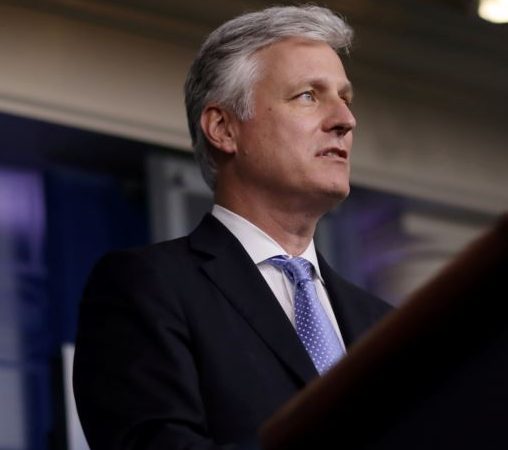October 30, 2020

The US Treasury Department has applied counter-terrorism sanctions to 21 Iranian officials and agencies, prompting an angry response from the Islamic Republic.
Treasury Department officials quietly told many US reporters that the new sanctions, announced October 26, eight days before the US elections, were mainly significant because they would make it much harder for a future president to lift sanctions. Both The New York Times and The Wall Street Journal were among the major news outlets to report that as fact.
However, that is not true. The sanctions applied that day can be lifted with a stroke of the pen. The sanctions were applied under authority of Executive Order 13224, which was issued September 23, 2001, 12 days after the attacks on the World Trade Center and Pentagon, by President George W. Bush. Sanctions can be applied or removed with a simple announcement.
Various Iranian officials asserted that the sanctions proved the United States hated the Iranian people because the sanctions would only make life harder for the Iranian public. At Iran’s mission to the UN, spokesman Alireza Miryousefi said, “The US’s hostility towards the Iranian people has no limit.” But the sanctions only apply to the 21 named people and agencies. They have no impact at all on the general public. Furthermore, the sanctions are unlikely to have any impact on the 21 sanctioned people and agencies. The sanctions only freeze any assets those people and agencies have inside the United States—which is likely to be nil.
Furthermore, many of those sanctioned October 26 had already been sanctioned previously under other executive orders, which already ordered their assets in the US frozen and which carried the additional sanction of denying them US visas.
Oil Minister Bijan Namdar-Zanganeh asserted flatly that the new sanctions had been added to try to cover up the fact that the US sanctions issued earlier have been unable to cut Iranian oil exports to zero. No one explained how a new sanction could cover up anything.
In the US, the general assumption was that the Trump Administration was announcing new sanctions on Iranian officials and government agencies every few days in the last month mainly as a campaign gimmick, to remind US voters that Trump was being tough on Iran—even if the new sanctions didn’t actually do anything new.
In its first three years, the Trump Administrations designated 3,210 people and entities (both Iranian and non-Iranian) to go under sanctions. It isn’t known how many of those were duplicate applications.
The latest sanctions hit the Oil Ministry and many of its subsidiaries, Oil Minister Bijan Namdar-Zanganeh and many officials of the Oil Ministry, plus a number of front companies used by the Oil Ministry. The Treasury Department said they were being sanctioned under the terrorism charge for providing financial support to the Qods Force.
Days before this latest batch of people and agencies were sanctioned, Robert O’Brien, President Trump’s national security adviser, complained that “so many sanctions” had been imposed on Iran that there wasn’t much more that could be done.